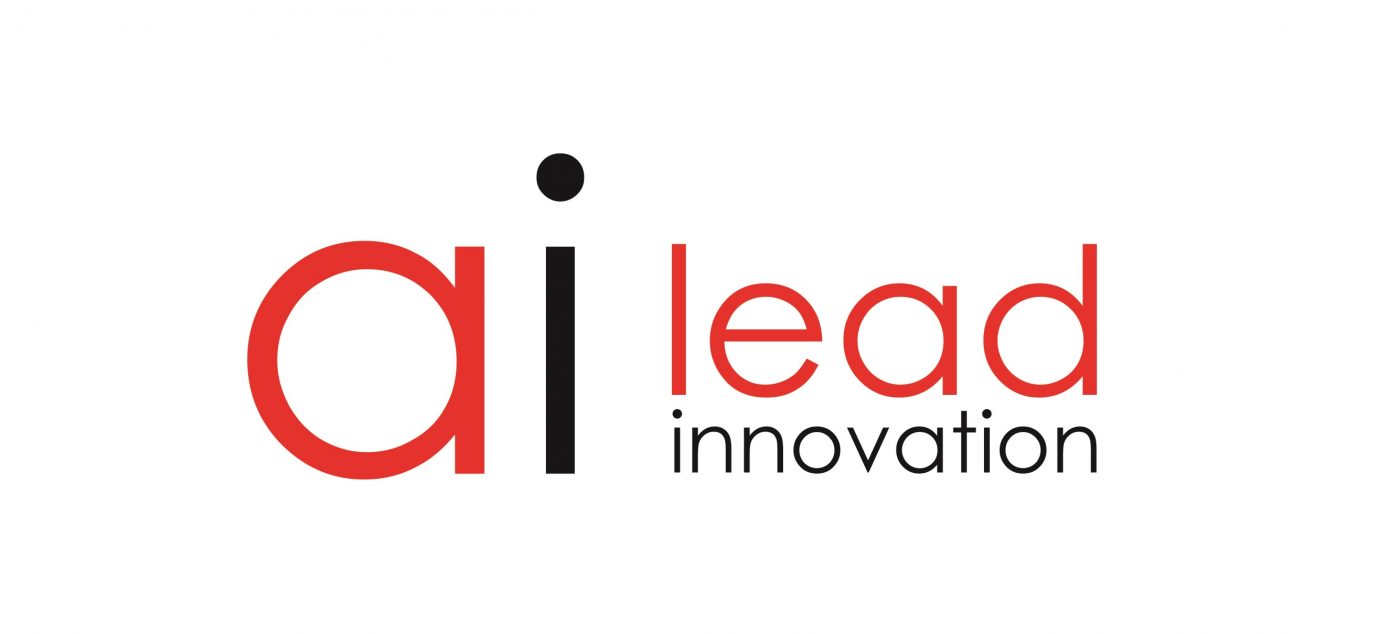Artificial intelligence (AI) is no longer confined to technology and business; it is making a groundbreaking impact on the world of art. From painting and music to writing, AI is transforming the way art is created and experienced, while challenging the boundaries between human creativity and machine capability.
One of the most striking applications of AI in art is digital painting. Tools like DALL·E, DeepArt, and Runway ML enable AI to analyze the artistic styles of legendary painters like Van Gogh, Monet, and Picasso, and then recreate or generate entirely new artworks with unique artistic flair. These creations not only captivate viewers but also raise the question of whether AI can truly be considered an artist.
AI is also venturing into music composition. Programs like AIVA (Artificial Intelligence Virtual Artist) and OpenAI MuseNet can compose complete musical pieces across various genres, from classical to contemporary. By analyzing millions of songs, AI learns the rules and structure of melodies and generates original compositions that sometimes exceed human expectations.
In addition, AI is making strides in storytelling and writing. Tools like ChatGPT and Jasper AI can write short stories, poetry, and even movie scripts. These technologies not only save time for creators but also provide a wellspring of inspiration for new ideas.
However, the role of AI in art has sparked debates. Critics argue that AI-generated art lacks emotion and depth, as it does not stem from personal experiences or the human soul. On the other hand, proponents believe AI is expanding the boundaries of art, pushing creativity to new heights.
AI is not just a tool but a vital part of the modern creative journey, reshaping the relationship between technology and art. In the future, AI might not only be an artist but also a source of inspiration for human creators.



